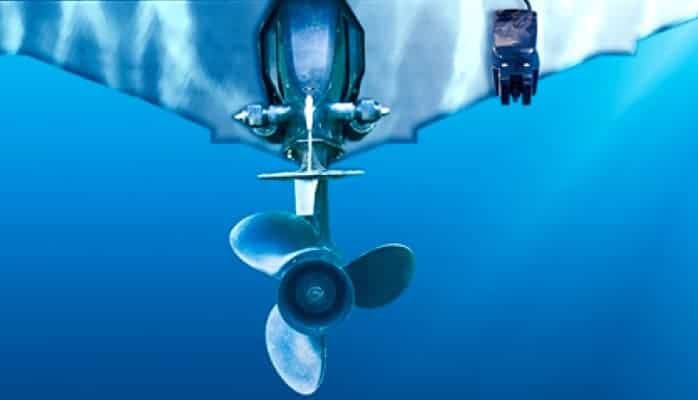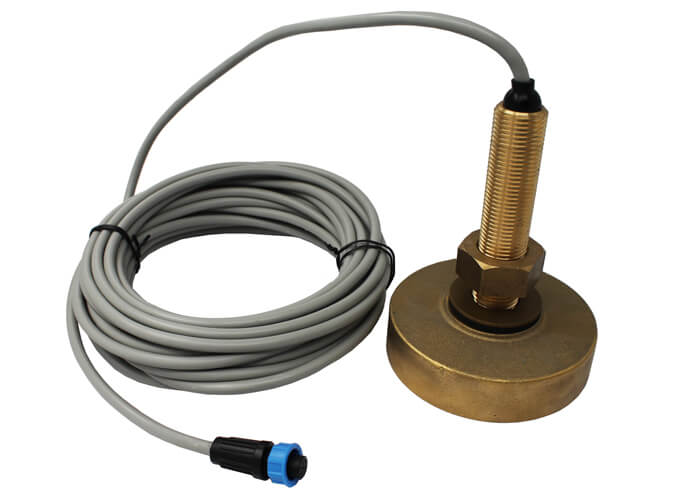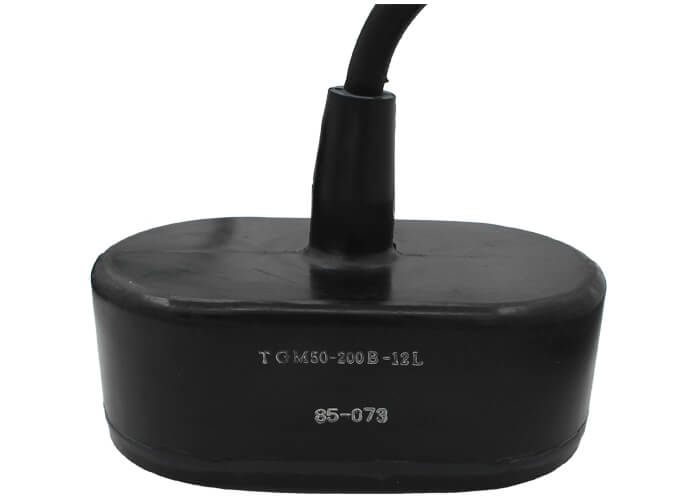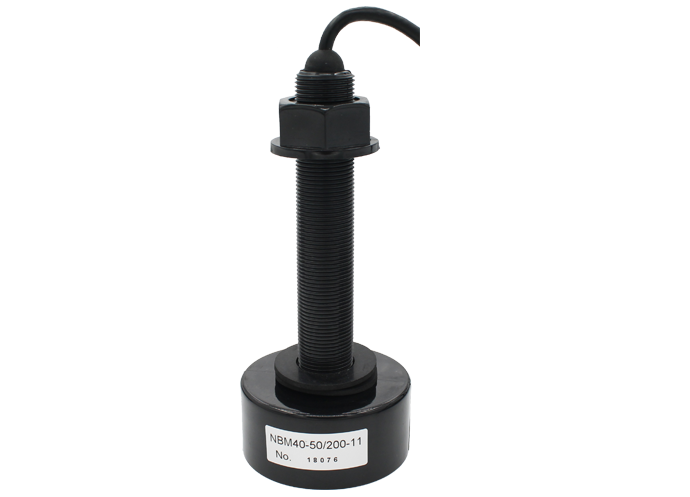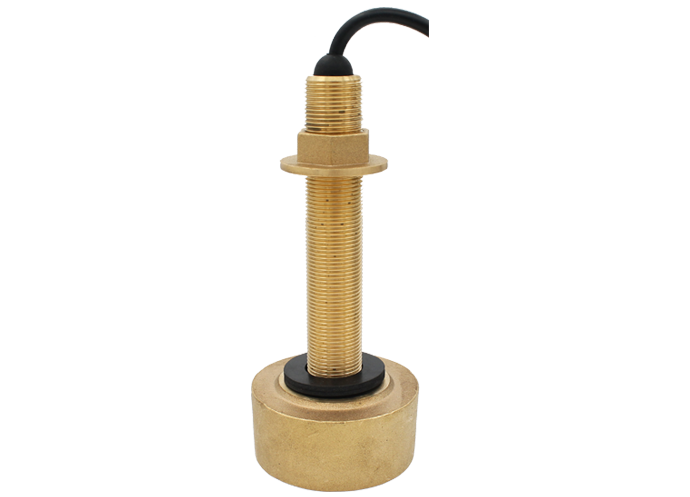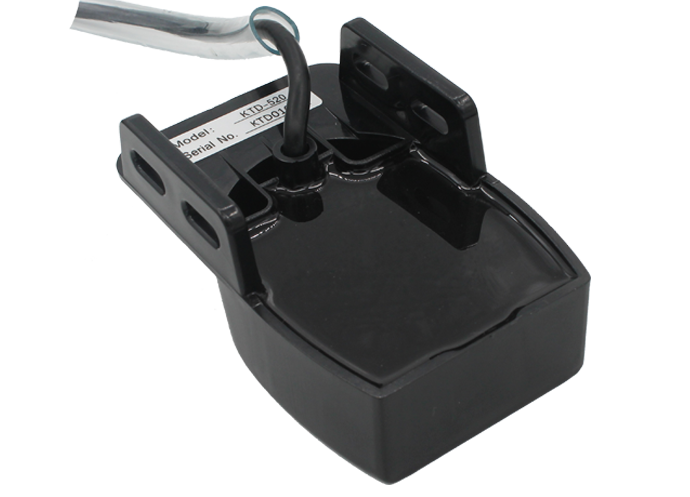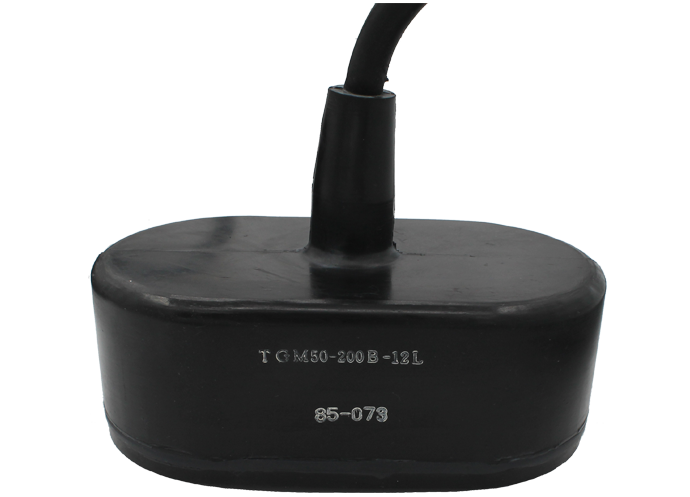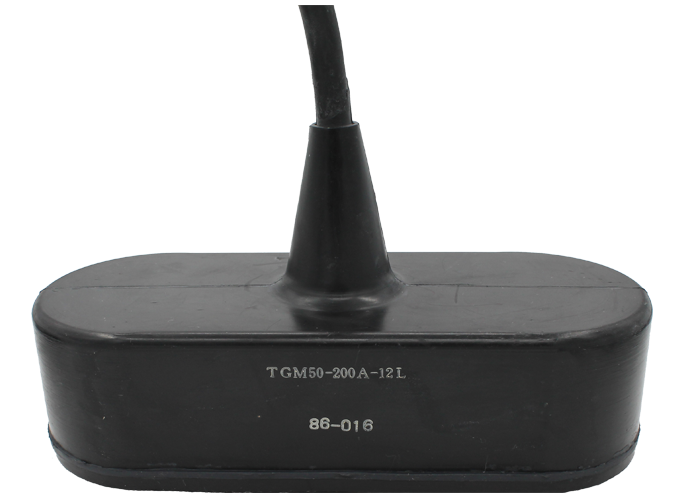What are Boat Transducers
In the marine world, the role of boat transducers is paramount to navigating the waters with precision and safety. These devices, quintessential for modern boating, dive deep into the realm of acoustics to provide operators with invaluable data about what lies beneath their vessel.Essential Functions of Boat Transducers
Marine transducers play a pivotal role in collecting and transmitting data from underwater to the boat's sonar system, enabling a variety of functions essential for safe and efficient maritime navigation. Here's a breakdown of their key roles, prioritized for their importance:- Depth Measurement: The primary function of boat transducers is to measure the depth of the water below the vessel. This is essential for preventing grounding and navigating through shallow waters safely.
- Fish Finding: By emitting sound waves and interpreting the echoes returned from those waves, boat transducers can identify the presence of fish. This capability is indispensable for anglers looking to maximize their catch.
- Water Temperature Sensing: Many modern boat transducers also incorporate temperature sensors. Knowing the water temperature can be crucial for certain types of fishing, where some species might prefer warmer or cooler conditions.
- Bottom Contour Mapping: Advanced transducer in a boat go beyond mere depth measurement to map the contours of the seabed. This feature is vital for identifying underwater structures, drop-offs, and potential hazards.
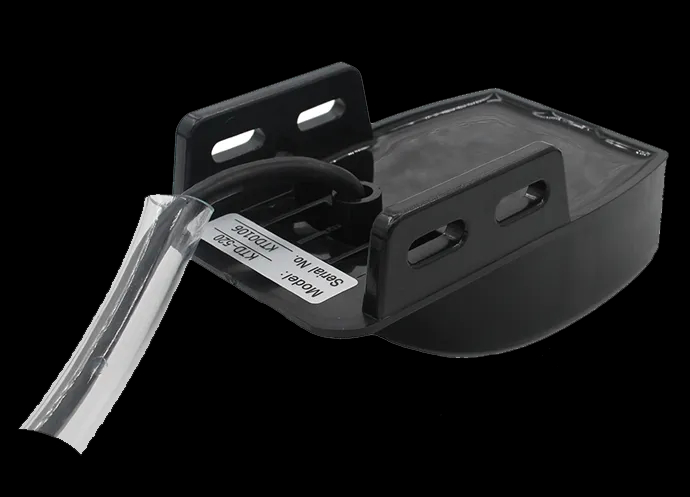
Different Types of Boat Transducers
- Traditional/CW Transducers: These are the standard-depth transducers that use continuous waveforms to transmit and receive sound waves, providing reliable depth measuring.
- In-Hull Transducers: These boat transducers are mounted directly inside the boat's hull, providing a non-intrusive design that's easy to install and maintain.
- Thru-Hull Transducers: More invasive than in-hull transducers, these boat transducers require a hole to be drilled through the hull for installation, providing direct contact with water for accurate reading.
- Transom-Mount Transducers: Easily installed on the transom (the flat surface forming the stern of a boat), these boat transducers suit smaller boats or as an option where in-hull or thru-hull installation isn't possible.
- Trolling Motor Transducers: Specifically designed to affix to the trolling motor, these transducer on boats are perfect for fishing enthusiasts who want to scan the surrounding waters while on the move.
In-Hull vs Thru-Hull Transducers
When choosing boat transducers, In-Hull and Thru-Hull are often the two primary options for mariners, each with its distinct advantages and considerations.Importance of In-Hull and Thru-Hull Transducers
The fundamental importance of boat transducers, particularly In-Hull and Thru-Hull types, cannot be overstated. These devices contribute significantly to critical navigation and underwater exploration by providing accurate depth measurements, fish location, water temperature, and bottom contour mapping.Understanding the Differences
The key difference between In-Hull and Thru-Hull boat transducers lies in their installation process and the manner in which they transmit sound waves. In-Hull Transducers are installed inside the hull of the boat and transmit sound waves through the hull, while Thru-Hull Transducers are installed through a hole drilled in the hull, ensuring direct contact with the water.Weighing the Pros and Cons
Each type of boat transducer comes with its unique strengths and drawbacks:- In-Hull Transducers
- Pros: Easy and non-invasive installation process; no vulnerability to external damage or marine growths; reduced drag affecting boat speed.
- Cons: Limited by hull type and thickness; potential signal loss; not suitable for boats with thick, cored, or metal hulls.
- Thru-Hull Transducers
- Pros: Best performance in rough water conditions; no signal loss due to direct water contact; suitable for boats of all sizes.
- Cons: Installation requires drilling a hole in the boat hull, which can potentially lead to leaks.
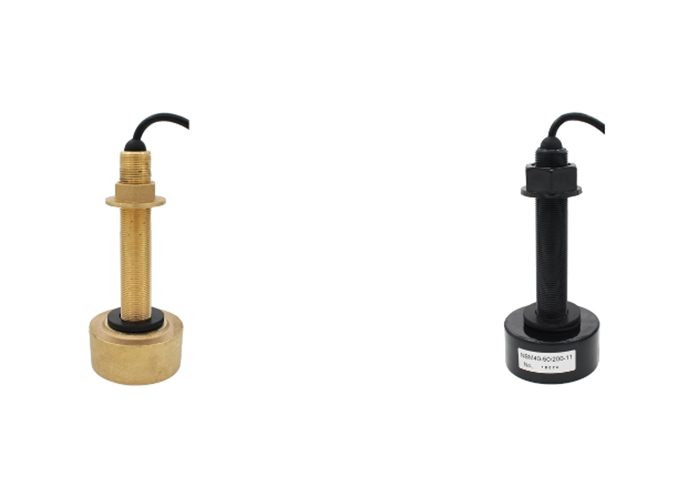
Boat Transducers Integration with Boat Features
Integrating boat transducers into the design and functionality of a boat is a complex process that involves a careful understanding of both marine electronics and naval architecture. When designed and applied correctly, boat transducers should not negatively affect a boat's stability or its sinking or floating capabilities, while still providing essential data for navigation and fishing. Transducers convert electrical pulses into sound waves, which are then transmitted into the water; the echoes of these sound waves return to the transducer, providing valuable information about water depth, fish location, and other underwater features. However, the physical presence and installation method of boat transducers can have impacts on the vessel's performance.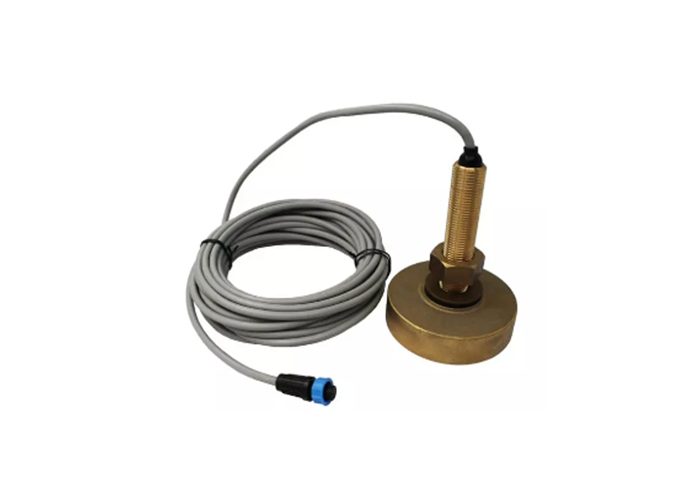
Impact of Transducers on Boat Performance
Selecting and mounting boat transducers involves several considerations to ensure they do not alter the boat’s performance, especially its buoyancy or hydrodynamics.- Buoyancy Considerations: Boat transducers are typically small in size, and their weight is negligible in comparison to the total displacement of the boat. Hence, they do not significantly affect the buoyancy or sinking and floating capabilities of a vessel.
- Hydrodynamic Impact: The location and method of installation can influence the hydrodynamics of a boat. It is essential to mount the transducer in a position that does not create drag or interfere with the water flow along the hull. Strategic placement is vital in maintaining the designed speed and fuel efficiency of the boat.
- Hull Integrity: In the case of thru-hull transducers, there is a need to drill a hole in the hull, which must be done with precision to ensure the integrity of the boat is maintained, as any compromise can affect its floating capabilities.
- Transducer Compatibility: Ensuring compatibility between the boat transducers and the vessel's features, such as hull material and type, boat size, and intended usage, is critical. An in-hull transducer, for example, needs a solid fiberglass hull to operate correctly and will not function on boats with metal or cored hulls.
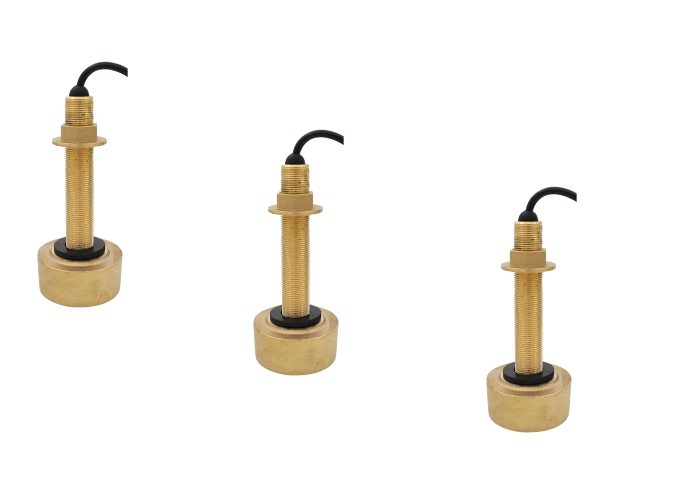
Buying the Right Boat Transducers: What to Look For
When it comes to optimizing your boating experience, selecting the right boat transducers is crucial for effective navigation and fruitful fishing trips. A transducer functions as the ears and voice of a boat's sonar system, sending and receiving signals that allow you to perceive the underwater environment as if it were visible to the naked eye. Navigating through the broad spectrum of available boat transducers can be daunting. Your choice should be dictated not only by the type of fishing or navigation you plan to undertake but also by the technical features and the compatibility with your boat.Criteria for Choosing Boat Transducers
Let's breakdown the essential factors that should guide your purchase of a boat transducer:- Frequency: Boat transducers come in various frequency ranges, which can affect their performance in different water conditions. High-frequency transducers provide finer detail and are best for fishing in shallow waters. In contrast, low-frequency transducers are more suited for deeper waters.
- Cone Angle: This parameter determines the width of the sonar beam emitted from the transducer. A wider cone angle covers a greater area and is ideal for shallow water, while a narrow cone angle penetrates deeper, providing more precise readings in deep water.
- Mounting Style: The way a transducer is mounted affects its performance and integration with the boat. In-hull transducers are mounted inside the boat and are a good choice for smaller vessels. Thru-hull transducers provide the most reliable performance and are preferred for larger boats or serious offshore fishing. Transom mount transducers are versatile and easier to install, making them suitable for small to medium-sized boats.
- Power: The strength of the boat transducers is measured in watts. Higher wattage transducers can send sonar signals deeper and provide better resolution. Choose higher power for deep water and lower power for shallow water fishing or boating.
- Hull Compatibility: The type of hull your boat has will determine the compatible transducer. For example, metal hulls require specific types of transducers compared to fiberglass.
- Compatibility with Equipment: Ensure that the transducer you select works seamlessly with your existing navigation systems and fishfinders. It's important to check the specifications and compatibility with your devices before making a purchase.
- Brand and Warranty: Finally, consider the manufacturer's reputation and the warranty offered. A well-known brand like ONWA, which stands behind their products with a solid warranty, can provide peace of mind in terms of quality and long-term reliability.
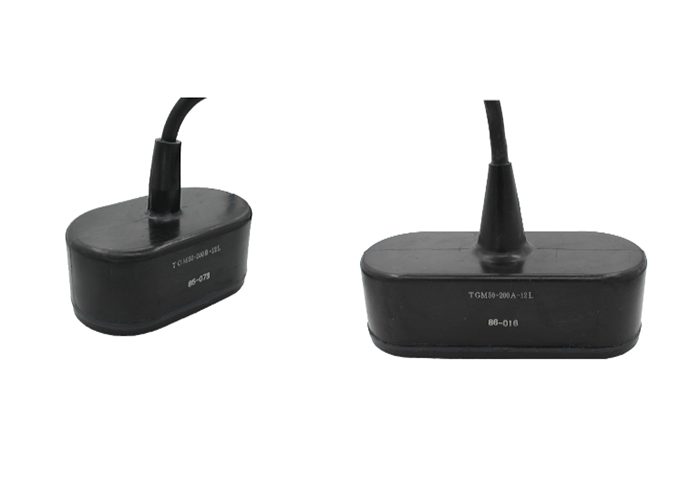
>>Click here view more
